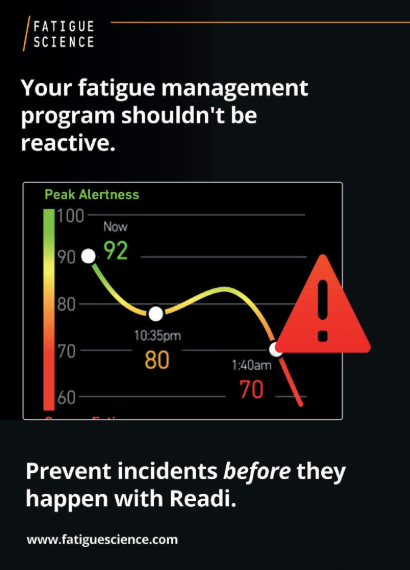The new regulations
On July 1, 2013 new regulations for the North American trucking industry were introduced to reduce the problem of truck driver fatigue by limiting the work week to 70 hours from 82 hours, requiring longer rest periods after reaching the 70 hour maximum work period.
The assumptions behind these regulations are that the longer drivers are behind the wheel the greater their risk of having an accident and by giving drivers more time off they will get more rest.
Limiting drivers hours will not work to reduce driver fatigue
New research published in 2013 by the Australian National Truck Accident Research Centre (ANTARC) says neither assumption is correct.
ANTARC studied all 461 truck accidents from 2011 in Australia and concluded that 68% of all fatigue related incidents occurred within 250 km and 85% of the fatigue related incidents occurred within 500 km of the beginning of their journey, not the end.
ANTARC’s conclusion was that drivers were not getting the sleep they needed on their off days and came to work fatigued and unfit for duty.
The answer to driver fatigue is scientifically validated data
Here at Fatigue Science we’re not surprised. Our Readibands have been used to examine the actual sleep and fatigue of workers in the trucking industry and many other industries globally for 4 years. During that time we have found that it’s common for truck drivers and workers from other industries to come to work tired – just take a look at our previous post on the recent incident at Vancouver International Airport with a fatigued worker.
In order to tackle the real fatigue problem in the trucking industry more assistance needs to be provided to drivers by tracking their actual sleep and fatigue at home and on the road. Providing drivers with the scientifically valid data to educate and assist them to get the sleep they need to stay safe. Our Readiband technology can provide your drivers with real-time scientifically validated data to help reduce driver fatigue.




